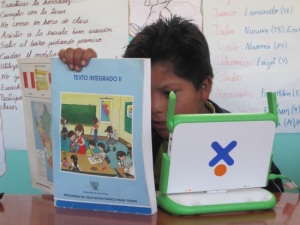Digital Divide Amongst School Districts
I am extremely interested in the different ways that the digital divide can present itself, so in my research I came across this article. This article is interesting to me in that it shows a different side of technological disparity and presents viewpoints on the impacts of the digital gap.
Being that I am interested in global development, I commonly think of technological disparities existing between developing countries and developed countries. This article however, brings up a digital divide that can sometimes be over looked. That is the divide between regions of our own country and even school districts of our own region. The availability of technologies in financially disadvantaged schools is often less than that of wealthier school districts. As a result, a digital divide is created between school districts.
While there are many efforts to reduce the digital divide (Maine Learning Technology Initiative, New Technology Foundation, Enhancing Education Through Technology) there is still a major struggle in bring schools to a level playing field. Financially many schools are unable to provide technologies for students that will provide them with the same opportunities and skills that other students are receiving in wealthier districts.
That being said, I thought this would be of interest to many of us who are going to be competing for job opportunities over the next couple of years. The technological advancements that have been made have helped us make many great strides, however without access to such technologies we could be put at a disadvantage when competing against other who have had more experience with them. As stated in the article, it is a concern that people will not be able to qualify for jobs without the necessary skills acquired through technological usage.
Let me know what you guys think of the article!
